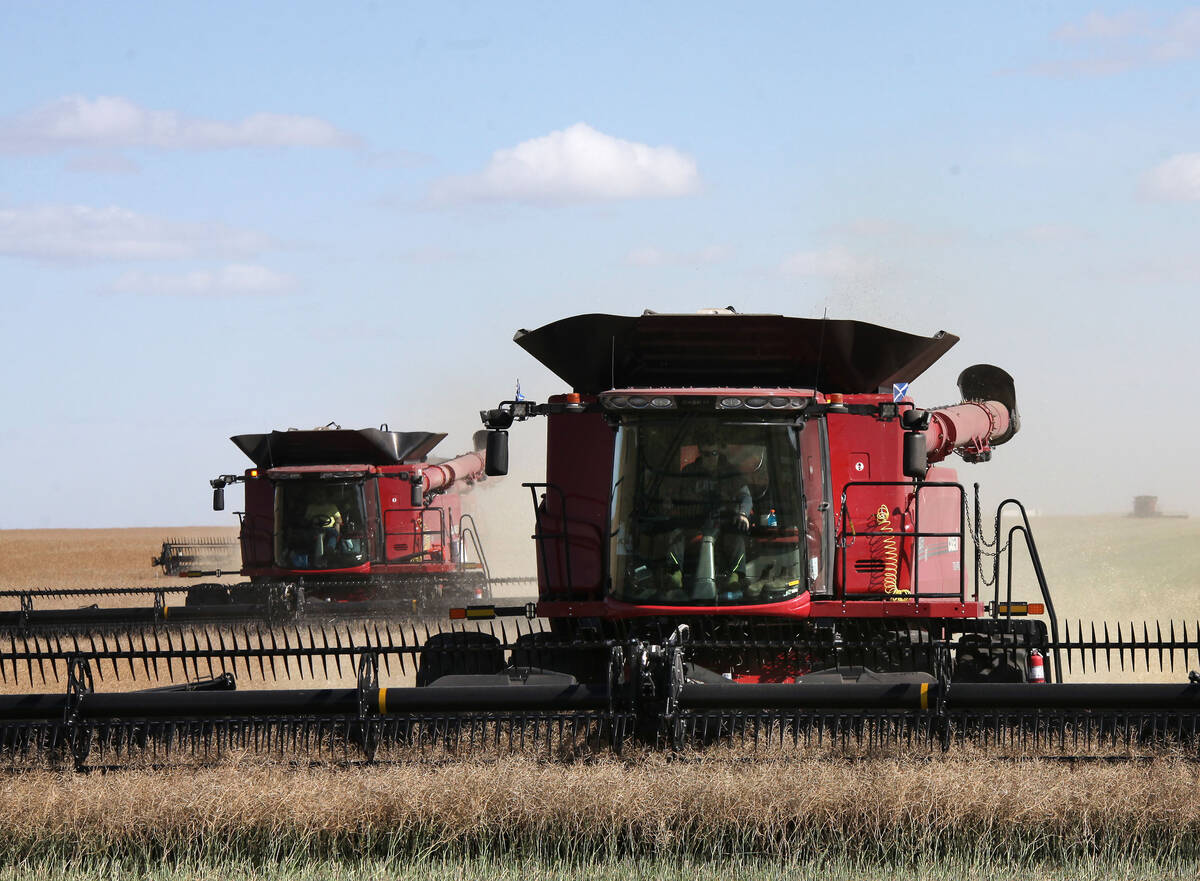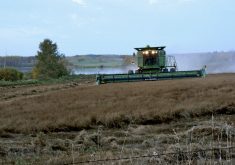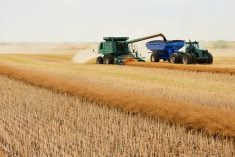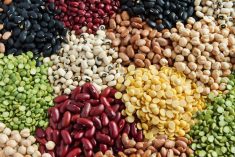Statistics Canada’s first read of farmers’ intentions for the 2021 growing season shows more Canadian acres going into both soybeans and corn.
Farmers nationwide anticipate planting 5.3 million acres to soy in 2021, up 5.5 per cent from 2020, StatsCan said in its field crop survey released Tuesday.
“An increase in anticipated (soy) area is likely due to high prices driven by strong worldwide demand,” the agency said in its report.
Ontario, the largest soybean-growing province, expects to plant 2.9 million acres of soybeans, up two per cent from 2020, followed by Manitoba at 1.3 million acres, up 17.3 per cent.
Read Also

Notable changes in exports to China, India
China and India figured prominently in the September export data issued by the Canadian Grain Commission on Nov. 7. For the most part, the CGC’s numbers highlighted issues with grain, oilseed and pulse exports from licensed facilities to those countries.
In Manitoba, StatsCan said, “favourable yields in 2020, coupled with good prices, may encourage farmers to increase soybean acreage” and mark the province’s first such increase since 2017.
Soybean acres in Quebec are expected to reach 923,000, up 4.2 per cent on the year.
Expected soybean acres in the other Prairie provinces were redacted from Tuesday’s report to meet federal confidentiality requirements, while acres in Atlantic Canada were expected to remain unchanged.
Nationwide, grain corn acres are expected to rise 1.8 per cent on the year, to 3.6 million, StatsCan said.
Of that, 2.2 million acres are expected to be in Ontario, up 1.7 per cent from 2020, while Quebec farmers expect to plant 1.2 per cent more corn acres, at 901,300.
Elsewhere in Canada, Manitoba’s corn acres are expected to rise seven per cent, to 398,400.
Corn area in Saskatchewan and Alberta is expected to drop to 20,700 and 31,300 acres respectively, while acres in Atlantic Canada and British Columbia are expected unchanged.
The field crop survey, collecting information on planting intentions for grains, oilseeds and special crops, ran from March 1 to 29 and included about 11,500 farmers, StatsCan said. — Glacier FarmMedia Network
















